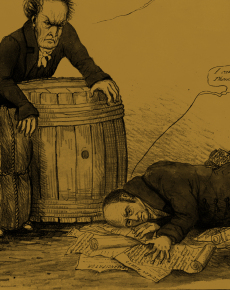
But are there limits to the types of speech we protect? What happens when a publication threatens national security? How do we keep the practice of one religion from impinging on the rights of others? Americans have debated the boundaries of their First Amendment rights since those rights were delineated in the Constitution.
THIS SECTION INCLUDES STORIES ABOUT:


The first challenge to the First Amendment came just seven years after it was ratified. The 1798 Sedition Act criminalized criticism of the Government. In 1836 the “Gag Act” automatically tabled antislavery petitions. During the Civil War, Gen. Ulysses S. Grant issued an order that expelled all Jews from parts of Tennessee, Kentucky, and Mississippi.

While France was at war with Britain, its relationship with the United States deteriorated severely. The threat of war between the former allies heightened existing political tensions within the United States. Concerned that the new nation faced collapse, Congress passed acts criminalizing criticism of the Government.
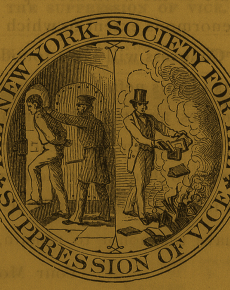

From 1870 to 1899, American society struggled to regain its footing amidst the upheaval of Reconstruction, industrialization, and unprecedented immigration. Crusaders pressured Congress to restore moral order. Congress responded with legislative acts restricting Americans’ First Amendment rights in the name of virtue—including the Morrill Anti-Bigamy Act and the Comstock anti-obscenity laws.

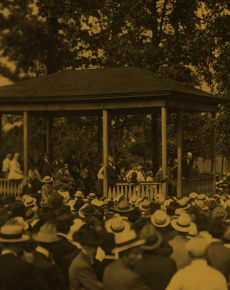 The First Red Scare" />
The First Red Scare" />

The fear that foreigners were working to destroy the Government gripped America during World War I. Foreign union members, considered a threat to corporate interests, were monitored and subject to arrest, violence, and deportation. African Americans who campaigned against lynching and discrimination were also under government surveillance during the First Red Scare.

First Amendment rights were compromised during World War I. The Government’s fear of the radical labor movement and the spread of communism in Europe resulted in the creation and enforcement of legislation restricting freedom of speech, assembly, and the press.
The unprecedented economic growth during the period known as the “Roaring Twenties” contributed to a new openness and optimism in the United States and Europe. As more Americans prospered and wartime struggles began to fade from memory, First Amendment rights and protections were strengthened.
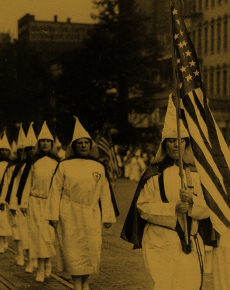

During the period between the two world wars, a series of landmark Supreme Court decisions protected the right of individuals to express beliefs contrary to those of most Americans. In a 1929 opinion, Supreme Court Justice Oliver Wendell Holmes wrote, “free thought—not free thought for those who agree with us but freedom for the thought that we hate” is a primary constitutional principle.

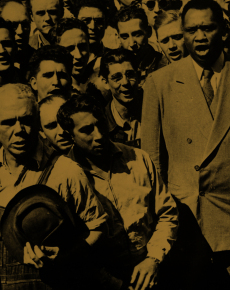

After World War II, the Soviet Union emerged as a powerful threat. Panic mounted when evidence surfaced that spies had infiltrated the U.S. Government. Terrified, few Americans dared to protest the drastic First Amendment violations of the Cold War years. Countless individuals were persecuted and blacklisted. The fear of speaking out would last for years.

During the Cold War, escalating tensions between the United States and the Soviet Union were accompanied by a constriction of First Amendment rights. Many Americans were ostracized, arrested, deported, and deprived of their livelihoods in the name of fighting communism.
Under the leadership of Chief Justice Earl Warren, the Supreme Court dramatically expanded and strengthened First Amendment rights. The controversial and revolutionary Warren Court ended officially-sanctioned school prayer and vigorously defended the right to criticize the Government.
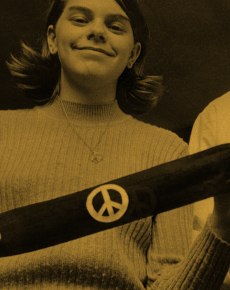

During the modern civil rights era, Americans who stood up (and sat down) for rights made significant gains, including First Amendment rights protections. A series of Supreme Court rulings reinforced the application of the Bill of Rights to state laws, protected the right to criticize the Government, and banned prayer from schools. But some Americans viewed these developments as a loss of rights.

Most of the records in "Records of Rights" were created before 1980 because the National Archives generally receives permanent records when they are 30 years old or older. Prior to that, they are maintained by the federal agency that created them.